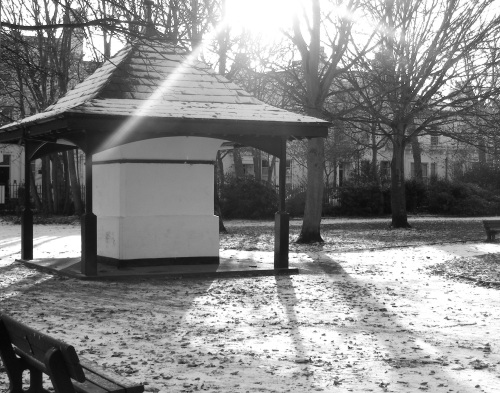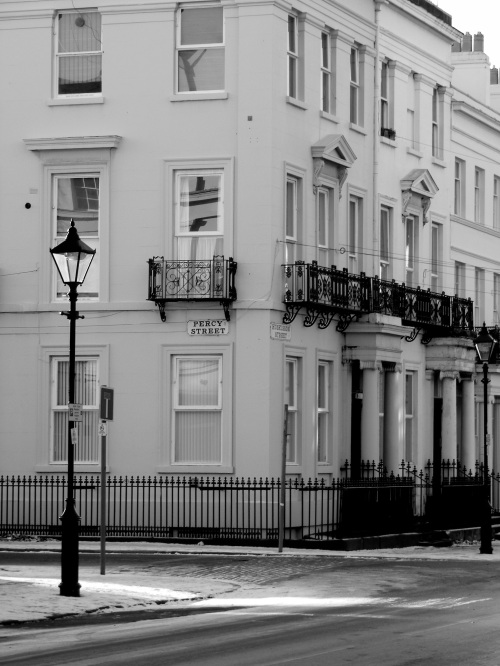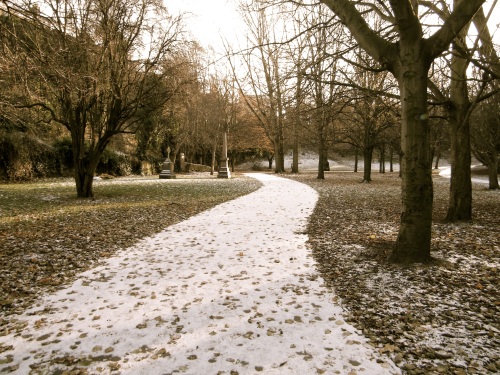 We were talking last week about how complicated our individual lives can be. In particular, we were sharing stories about work, unions and family. Each of us had a different story, but equally complicated. Yet when we think of history, ‘the past’ involving cities, countries, millions of people it is often presented as if everything is very simple in life. We talk about “Liverpool in the 30s”, for instance, as if it’s just a question of gathering a series of facts and documents, but as soon as we go a bit deeper it all soon becomes very complicated. In a way, it may be said that history for each individual was different at the time they lived, as the present is different for each of us.
We were talking last week about how complicated our individual lives can be. In particular, we were sharing stories about work, unions and family. Each of us had a different story, but equally complicated. Yet when we think of history, ‘the past’ involving cities, countries, millions of people it is often presented as if everything is very simple in life. We talk about “Liverpool in the 30s”, for instance, as if it’s just a question of gathering a series of facts and documents, but as soon as we go a bit deeper it all soon becomes very complicated. In a way, it may be said that history for each individual was different at the time they lived, as the present is different for each of us.
To confuse matters more, it’s not easy, maybe it’s not possible, to draw neat lines between the future, the present and the past. The image above was made using Photoshop which employs ‘layers’. Maybe time is layered too. Archaeologists dig and find old cities beneath the ground. Yesterday, Duncan was talking about how complete buildings are buried in redevelopments. He also said that underneath Waverley Station in Edinburgh is a warren of tunnels, almost a city underground. Somebody else spoke of a public display in Edinburgh where you go down quite deep into a town more than five hundred years old. . Of course, in Liverpool there are the Williamson Tunnels.
But it’s not just physical digging that’s involved.We dig into memory too. Maybe even in the present there are many different ‘layers’ all existing at the same time. Maybe there is not one Liverpool but many Liverpools (or any city). We are going to explore this idea in coming weeks with a look at just one street, Hope Street.
Meanwhile, as a reminder that the past lives all around us, here are a few images of the sorts of sight we pass hundreds of times each day.
The picture of the ruined hut on Liverpool’s waterfont is fascinating. Next to it is the Liner Super Terminal, and behind it the new developments of apartments, hotels and gleaming skyscrapers. Maybe any image like this with its green and cream colours that were used on the old landing stages and terminals is a trace of the maritime past about to disappear but still just about holding its own.
























